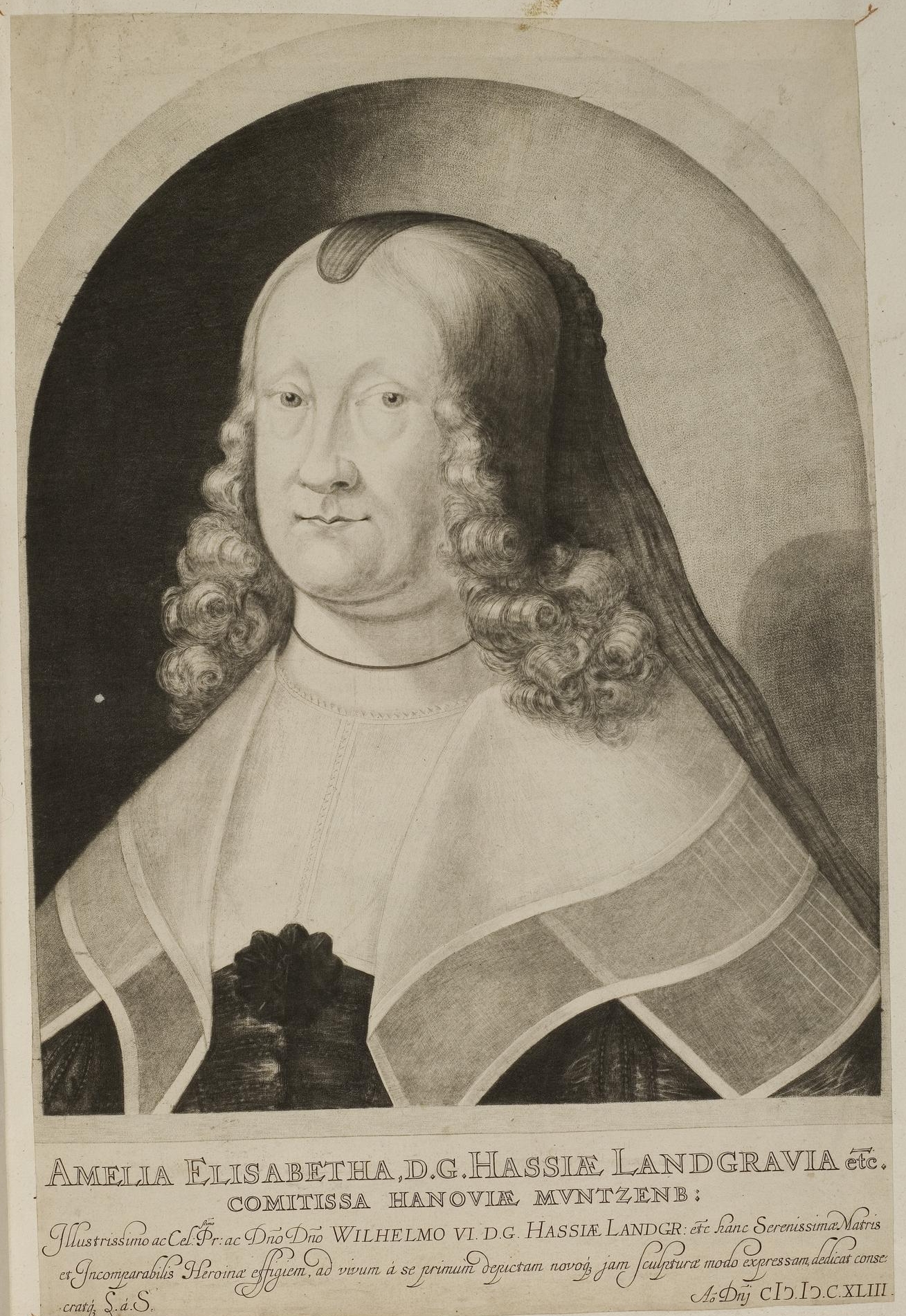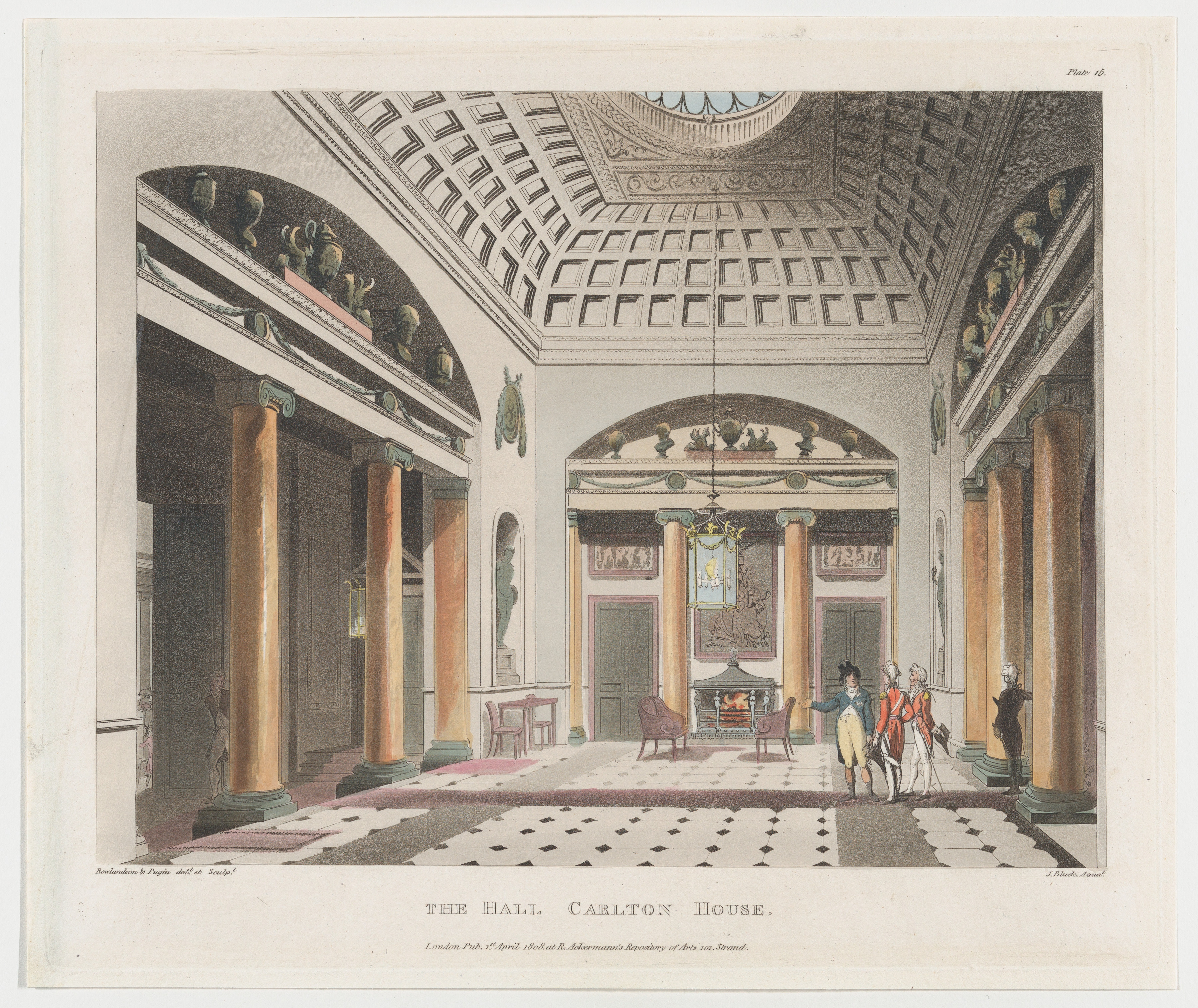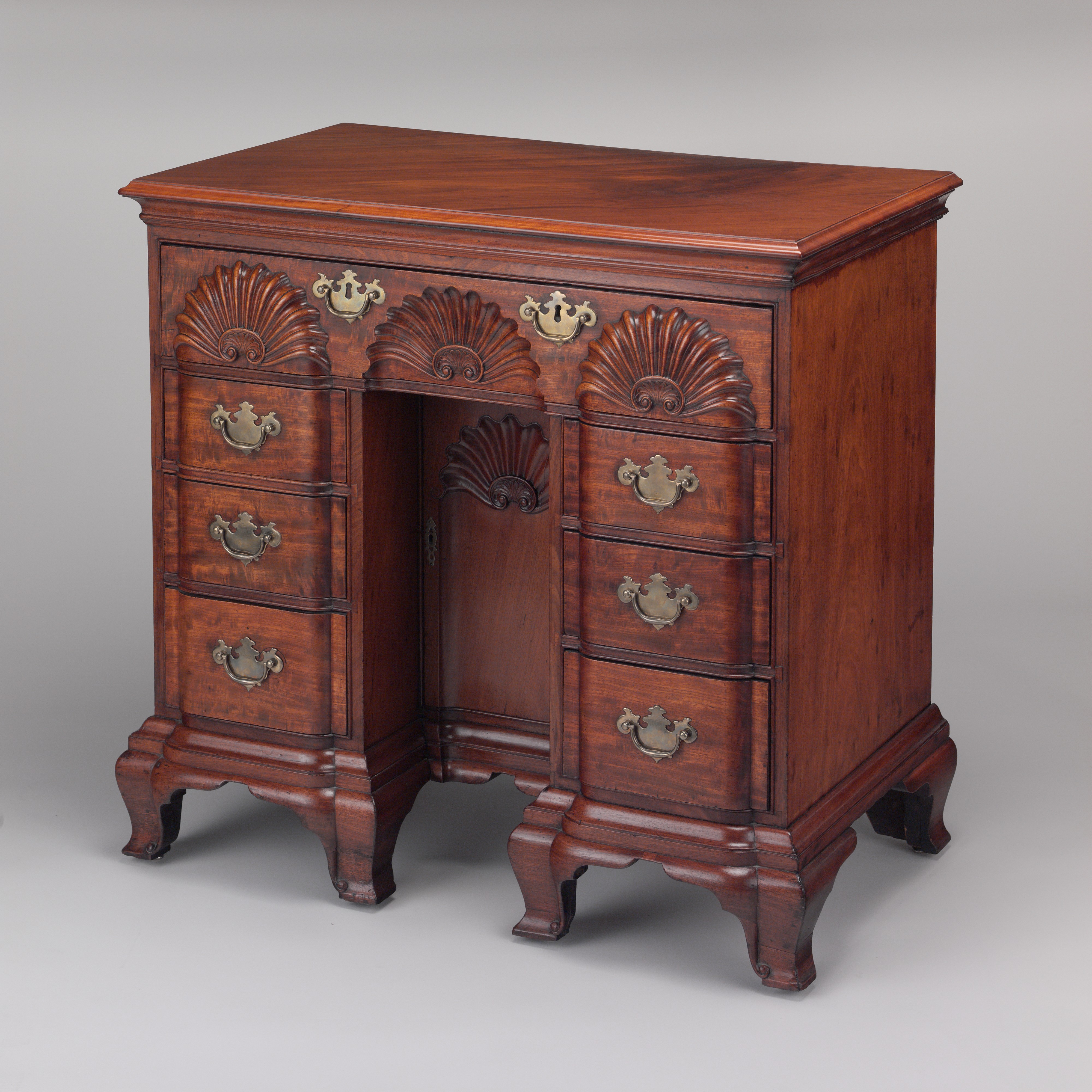|
Portrait Of Sir Walter Scott
''Sir Walter Scott'' is a portrait painting by the English artist Thomas Lawrence of the Scottish writer Sir Walter Scott. Begun in 1820, it was completed in 1826 and exhibited at the 1827 Royal Academy Summer Exhibition. Lawrence was Britain's foremost society portraitist of the Regency era and was commissioned by George IV, a regular patronage, patron of the artist for whom he supplied various paintings for the Waterloo Chamber, to depict Scott for a fee of three hundred guineas. Walter Scott was Britain's most famous living writer when he was depicted. At the height of his career with his Waverley novels celebrated across Europe and America, his popular romanticism, romantic historical fiction, including ''Ivanhoe (novel), Ivanhoe'' and ''Rob Roy (novel), Rob Roy'' was influential across the arts. Also a leading antiquarian, he played a key role in the organising of Visit of George IV to Scotland, George IV's Visit to Scotland in 1822 having rediscovered the Crown Jewels of Sco ... [...More Info...] [...Related Items...] OR: [Wikipedia] [Google] [Baidu] |
Thomas Lawrence
Sir Thomas Lawrence (13 April 1769 – 7 January 1830) was an English people, English portrait painter and the fourth president of the Royal Academy. A child prodigy, he was born in Bristol and began drawing in Devizes, where his father was an innkeeper at the Bear Hotel, Devizes, Bear Hotel in the Market Place, Devizes, Market Square. At age ten, having moved to Bath, he was supporting his family with his pastel portraits. At 18, he went to London and soon established his reputation as a portrait painter in oil paint, oils, receiving his first royal commission, Portrait of Queen Charlotte (Lawrence), a portrait of Queen Charlotte, in 1789. He stayed at the top of his profession until his death, aged 60, in 1830. Self-taught, he was a brilliant draughtsman and known for his gift of capturing a likeness, as well as his virtuoso handling of paint. He became an associate of the Royal Academy in 1791, a full member in 1794, and president in 1820. In 1810, he acquired the generou ... [...More Info...] [...Related Items...] OR: [Wikipedia] [Google] [Baidu] |
Rob Roy (novel)
''Rob Roy'' is an 1817 historical novel by Walter Scott, one of the Waverley novels. It is probably set in 1715, the year of the first Jacobite rising, and the social and economic background to that event are an important element in the novel, though it is not treated directly. The depiction of Rob Roy bears little relation to the historical figure: "there are two Rob Roys. One lived and breathed. The other is a good story, a lively tale set in the past. Both may be accepted as ‘valid', but they serve different needs and interests." Frank Osbaldistone narrates the story. He is the son of an English merchant who parted from his family home in the north of England near the border with Scotland when he was a young man, being of different religion and temperament than his father or younger brother. Frank is sent by his father to live at the long unseen family home with his uncle and his male cousins, when he refuses to join his father's successful business. In exchange, his fat ... [...More Info...] [...Related Items...] OR: [Wikipedia] [Google] [Baidu] |
Cultural Depictions Of Walter Scott
Culture ( ) is a concept that encompasses the social behavior, institutions, and norms found in human societies, as well as the knowledge, beliefs, arts, laws, customs, capabilities, attitudes, and habits of the individuals in these groups.Tylor, Edward. (1871). ''Primitive Culture''. Vol 1. New York: J. P. Putnam's Son Culture often originates from or is attributed to a specific region or location. Humans acquire culture through the learning processes of enculturation and socialization, which is shown by the diversity of cultures across societies. A cultural norm codifies acceptable conduct in society; it serves as a guideline for behavior, dress, language, and demeanor in a situation, which serves as a template for expectations in a social group. Accepting only a monoculture in a social group can bear risks, just as a single species can wither in the face of environmental change, for lack of functional responses to the change. Thus in military culture, valor is counted ... [...More Info...] [...Related Items...] OR: [Wikipedia] [Google] [Baidu] |
Paintings In The Royal Collection Of The United Kingdom
Painting is a Visual arts, visual art, which is characterized by the practice of applying paint, pigment, color or other medium to a solid surface (called "matrix" or "Support (art), support"). The medium is commonly applied to the base with a brush. Other implements, such as palette knives, sponges, airbrushes, the artist's fingers, or even a dripping technique that uses gravity may be used. One who produces paintings is called a painter. In art, the term "painting" describes both the act and the result of the action (the final work is called "a painting"). The support for paintings includes such surfaces as walls, paper, canvas, wood, glass, lacquer, pottery, leaf, copper and concrete, and the painting may incorporate other materials, in single or multiple form, including sand, clay, paper, cardboard, newspaper, plaster, gold leaf, and even entire objects. Painting is an important form of visual arts, visual art, bringing in elements such as drawing, Composition (visual art ... [...More Info...] [...Related Items...] OR: [Wikipedia] [Google] [Baidu] |
1826 Paintings
Eighteen or 18 may refer to: * 18 (number) * One of the years 18 BC, AD 18, 1918, 2018 Film, television and entertainment * ''18'' (film), a 1993 Taiwanese experimental film based on the short story ''God's Dice'' * ''Eighteen'' (film), a 2005 Canadian dramatic feature film * 18 (British Board of Film Classification), a film rating in the United Kingdom, also used in Ireland by the Irish Film Classification Office * 18 (''Dragon Ball''), a character in the ''Dragon Ball'' franchise * "Eighteen", a 2006 episode of the animated television series ''12 oz. Mouse'' Science * Argon, a noble gas in the periodic table * 18 Melpomene, an asteroid in the asteroid belt Music Albums * ''18'' (Moby album), 2002 * ''18'' (Nana Kitade album), 2005 * '' 18...'', 2009 debut album by G.E.M. * ''18'' (Jeff Beck and Johnny Depp album), 2022 Songs * "18" (5 Seconds of Summer song), from their 2014 eponymous debut album * "18" (One Direction song), from their 2014 studio album ''Four'' * ... [...More Info...] [...Related Items...] OR: [Wikipedia] [Google] [Baidu] |
Henry Raeburn
Sir Henry Raeburn (; 4 March 1756 – 8 July 1823) was a Scottish portrait painter. He served as Portrait Painter to King George IV in Scotland. Biography Raeburn was born the son of a manufacturer in Stockbridge, on the Water of Leith: a former village now within the city of Edinburgh. He had an older brother, born in 1744, called William Raeburn. His ancestors were believed to have been soldiers, and may have taken the name "Raeburn" from a hill farm in Annandale, held by Sir Walter Scott's family. Orphaned, he was supported by William and placed in Heriot's Hospital, where he received an education. At the age of fifteen he was apprenticed to the goldsmith James Gilliland of Edinburgh, and various pieces of jewellery, mourning rings and the like, adorned with minute drawings on ivory by his hand, still exist. When the medical student Charles Darwin died in 1778, his friend and professor Andrew Duncan took a lock of his student's hair to the jeweller whose apprentice, Rae ... [...More Info...] [...Related Items...] OR: [Wikipedia] [Google] [Baidu] |
National Portrait Gallery, London
The National Portrait Gallery (NPG) is an art gallery in London that houses a collection of portraits of historically important and famous British people. When it opened in 1856, it was arguably the first national public gallery in the world that was dedicated to portraits. The gallery moved in 1896 to its current site at St Martin's Place, off Trafalgar Square, and adjoining the National Gallery. The National Portrait Gallery also has regional outposts at Beningbrough Hall in Yorkshire and Montacute House in Somerset. It is unconnected to the Scottish National Portrait Gallery in Edinburgh, with which its remit overlaps. The gallery is a non-departmental public body sponsored by the Department for Culture, Media and Sport. Collection The gallery houses portraits of historically important and famous British people, selected on the basis of the significance of the sitter, not that of the artist. The collection includes photographs and caricatures as well as paintings, drawings ... [...More Info...] [...Related Items...] OR: [Wikipedia] [Google] [Baidu] |
Mezzotint
Mezzotint is a monochrome printmaking process of the intaglio (printmaking), intaglio family. It was the first printing process that yielded half-tones without using line- or dot-based techniques like hatching, cross-hatching or stipple. Mezzotint achieves tonality by roughening a metal plate with thousands of little dots made by a metal tool with small teeth, called a "rocker". In printing, the tiny pits in the plate retain the ink when the face of the plate is wiped clean. This technique can achieve a high level of quality and richness in the print, and produce a furniture print which is large and bold enough to be framed and hung effectively in a room. Mezzotint is often combined with other intaglio techniques, usually etching and engraving, including stipple engraving. The process was especially widely used in England from the eighteenth century, and in France was called ''la manière anglais'' (“the English manner”). Until the 20th century it has mostly been used for ... [...More Info...] [...Related Items...] OR: [Wikipedia] [Google] [Baidu] |
Carlton House
Carlton House, sometimes Carlton Palace, was a mansion in Westminster, best known as the town residence of George IV, during the regency era and his time as prince regent, before he took the throne as king. It faced the south side of Pall Mall, and its gardens abutted St James's Park in the St James's district of London. The location of the house, now replaced by Carlton House Terrace, was a main reason for the creation of John Nash's ceremonial route from St James's to Regent's Park via Regent Street, Portland Place and Park Square: Lower Regent Street and Waterloo Place were originally laid out to form the approach to its front entrance. History An existing house was rebuilt in 1709 for Henry Boyle, created Baron Carleton in 1714, who bequeathed it to his nephew, the architect Richard Boyle, 3rd Earl of Burlington. Burlington sold it in 1732 to Frederick, Prince of Wales, for whom William Kent laid out the garden. Frederick's widow Augusta, Princess of Wales, enlarg ... [...More Info...] [...Related Items...] OR: [Wikipedia] [Google] [Baidu] |
Morning Post
''The Morning Post'' was a conservative daily newspaper published in London from 1772 to 1937, when it was acquired by ''The Daily Telegraph''. History The paper was founded by John Bell. According to historian Robert Darnton, ''The Morning Post'' scandal sheet consisted of paragraph-long news snippets, much of it false. Its original editor, the Reverend Sir Henry Bate Dudley, earned himself nicknames such as "Reverend Bruiser" or "The Fighting Parson", and was soon replaced by an even more vitriolic editor, Reverend William Jackson, also known as "Dr. Viper". Originally a Whig paper, it was purchased by Daniel Stuart in 1795, who made it into a moderate Tory organ. A number of well-known writers contributed, including Samuel Taylor Coleridge, Charles Lamb, James Mackintosh, Robert Southey, Mary Robinson, and William Wordsworth. In the seven years of Stuart's proprietorship, the paper's circulation rose from 350 to over 4,000. From 1803 until his death in 1833, the o ... [...More Info...] [...Related Items...] OR: [Wikipedia] [Google] [Baidu] |
Desk
A desk or bureau is a piece of furniture with a flat table (furniture), table-style work surface used in a school, office, home or the like for academic, professional or domestic activities such as reading (activity), reading, writing, or using equipment such as a computer. Desks often have one or more Drawer (furniture), drawers, compartments, or pigeonholes to store items such as office supplies and papers. Desks are usually made of wood or metal, although materials such as glass are sometimes seen. Some desks have the form of a table (furniture), table, although usually only one side of a desk is suitable to sit at (there are some exceptions, such as a partners desk) Some desks do not have the form of a table, for instance, an armoire desk is a desk built within a large wardrobe-like cabinet (furniture), cabinet, and a portable desk is light enough to be placed on a person's lap. Since many people lean on a desk while using it, a desk must be sturdy. In most cases, people sit ... [...More Info...] [...Related Items...] OR: [Wikipedia] [Google] [Baidu] |







